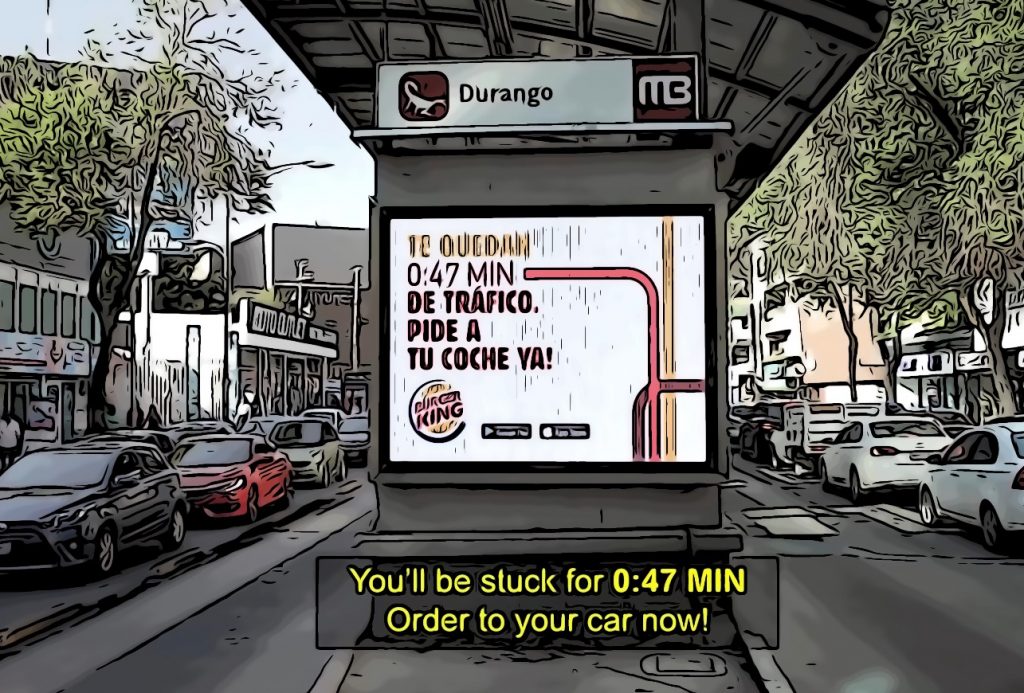Personalization is one of the most exciting areas in the world of advertising and marketing. Today’s consumers expect a much higher level of customization, with companies like Netflix and Spotify raising the bar in terms of what the average consumer expects.
In a year with the advent of GDPR – it’s reassuring to realize that personalized marketing and advertising can be done in an intelligent and insightful way. This is all possible while complying with privacy legislation.
Customer data and insights are at the heart of the future of personalization. We’re beginning to see the benefits of bringing vast amounts of data together to asses analyze and make the right, informed decisions.
For businesses, this translates into a more personalized marketing strategy, product personalization and the ability to adapt to ever-changing trends.
Table of Contents
What is personalization?
![]()
Lack of contextual understanding for consumers’ behavior has long held back the effectiveness of personalization in spite of a wealth of data, but marketers are finally starting to get a grip on it.
Consumers are demanding more personal experiences, and everyone from retailers to advertisers, marketers and product designers now understand the benefits that personalization can bring for their bottom line.
A lack of context around consumer behavior has previously limited the level of personalization available. Data has increased, but actionable data has often been harder to identify.
As datasets have improved, businesses have become better at understanding what makes good data and how they can use this to fuel cutting edge innovation in personalization.
This ultimately provides better marketing, improved one to one experiences and the ability to predict trends and consumer needs to deliver personalized experiences across the consumer journey.
Understanding your business is the first step of personalization
![]()
Personalizing the consumer experience first involves understanding your business. You have to know who your customers are. You have to know what they look like, what they like to do and how they behave in different contexts.
Understanding the context of engagement
The first step involves understanding the context of engagement. Personalization has improved, but with some datasets, context can be hard to discern.
Without this understanding of context business risk poor personalization that consumers will reject and struggle to engage with.
Building a detailed view of how your customers use your products, engage with your various touch points and illustrates why they are doing this will provide a solid base for highly effective personalization strategy. It’s also a great case for POS integration, helping you to get a unified view of ever point of customer interaction.
An example of this involves combining data to create a holistic view of your customers. If you are looking at personalizing your brand marketing, it’s not just enough to identify that a consumer fits within the profile of your target audience.
They might not be in the right frame of mind for engagement. Combining profile data with other data sets that can signify intent is a much better way to achieve great personalization.
For example, combining profile data with precise visits data to similar categories of a store can help you to understand the context. From here it’s possible to create highly personalized communication based on real-time consumer behavior.
Understanding your area and target audiences
It’s essential to maintain your personalization strategy so that as things change, you can adapt your personalization strategy.
If you have a physical consumer touch point, changing trends in your area can occur quickly. Understanding these changes can give you an advantage over other brands and retailers in the area.
Visits data combined with demographic data can help to identify who visits your store, your competitor’s store, the area and where they come from.
For example, identifying that Chinese nationals visits to the area are growing month on month can be valuable for your physical retail personalization strategy. You can personalize your retail environment to drive revenue and visits.
Get in touch to see how data can transform your personlization strategy
Fully personalized marketing strategies
![]()
Offers, incentives and one to one marketing in retail
The challenge with many marketing strategies is that offers, promotions, and incentives are developed to be one size fits all. Many retailers, for example, will have a single offer aimed at every store visitor.
But each consumer is unique with different personalities, profiles, motivations and brand history. Personalization is valuable in these instances as it helps to deliver the desired offer to the relevant customers.
The aim with marketing personalization is to get get the ideal offer which is most likely to convert a specific customer to the customer is the right moment.
Data is enabling this process already. But using intent data such as consumer location or interaction history and matching this to the ideal offer is improving the level of personalization marketers can deliver.
By combining intent data with other datasets such as store visits or purchase data, retailers can see how each offer affects purchases. This combination means that marketers can understand the impact that each offer has physical store visits or purchases.
With data, retailers can begin to respond to each consumer at an individual level. The data that they use to achieve this will help them to simultaneously optimize these offers and the delivery of these offers to improve their marketing and their bottom line.
Media buying & personalization
It’s hard to talk about personalization without focusing on digital marketing personalization, and more specifically media buying.
For paid media, the ultimate goal is to achieve a one to one marketing strategy. With the rise of technology, it’s now easier and quicker to deliver personalized marketing at scale.
New datasets have developed a deeper understanding of consumers and how they behave in both the online and offline worlds. Using data allows brands to reach consumers with personalized marketing, across many different channels and touchpoints.
Understanding where and how consumers move can help brands to personalize their marketing activity. Location-based segmentation, for example, allows marketers to build more specific audiences, optimize ROI and reduce wasted ad impressions.
Media buying platforms offer many ways to segment audiences, but a rise in unique third party datasets have meant that marketers can segment and fine-tune audiences better than ever before.
Predictive personlization
The data that marketers now have at their disposal has enabled them to do more than just personalize based on past consumer behavior.
Advanced datasets can take personalization to the next level. Marketing personalization is becoming predictive. Brands and advertisers can now combine multiple data sources to understand how consumers behave on both a micro and a macro level.
Using this information, it’s possible for marketers to become predictive with their personalization.
Marketers can continuously update their perceived customer profiles with data that explains a consumers profile clearly. This helps the business to personalize the consumer journey and remove potential barriers to purchase.
Data is enabling businesses to understand which areas to invest in the future to deliver personalization.
The personalization power of unified datasets
![]()
As we’ve already alluded to – the future of marketing personalization doesn’t just involve a single dataset. It’s the combination of many which will bring new levels of personal marketing and brand interactions.
As data increases the trend for unified datasets will do so as well. To create high levels of personalization we need to find an effective way to consolidate the data sets that can fuel personalization.
Data platforms are catching up with the personalization needs of the modern marketer. The infrastructure is advancing to support the staggering growth of data that is available for marketers to drive personalized marketing efforts.
The data is useful to drive marketing personalization, but it will soon extend beyond this into other areas of the business. Data platforms are delivering highly personalized marketing to customers, but they are also having an impact in other areas such as logistics, the supply chain, and product development.
James is the head of marketing at Tamoco




Leave a Reply